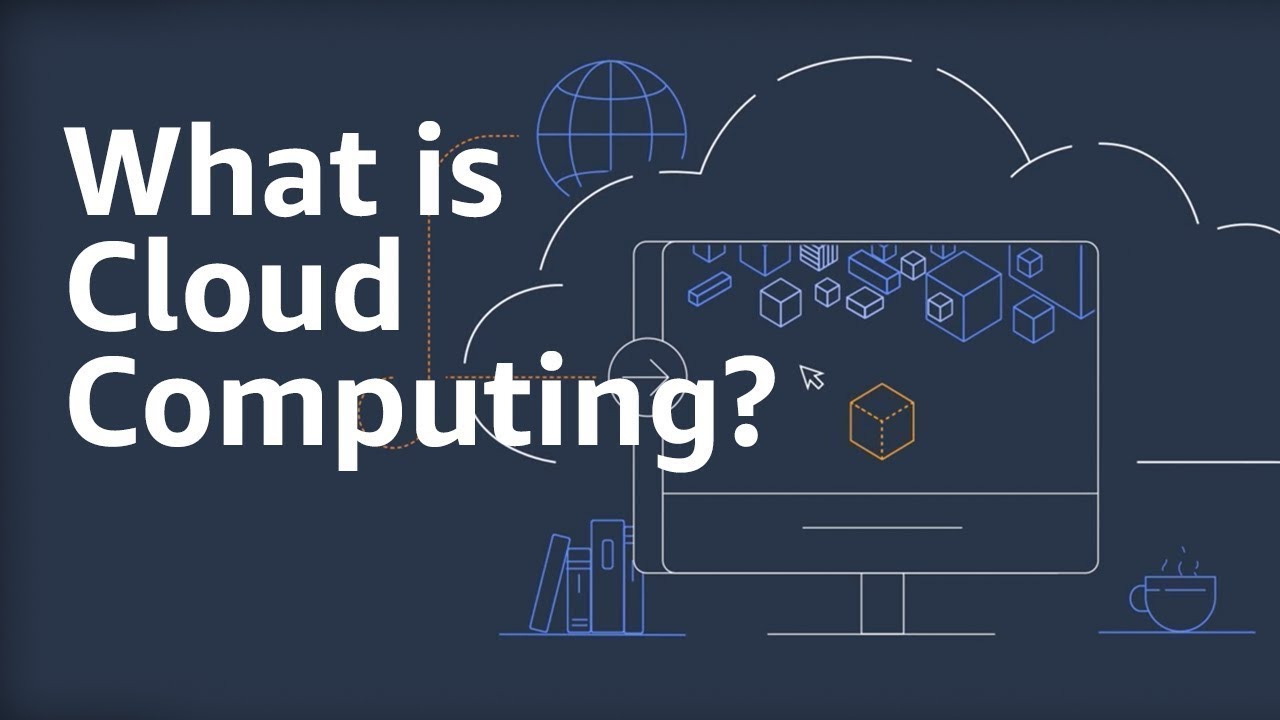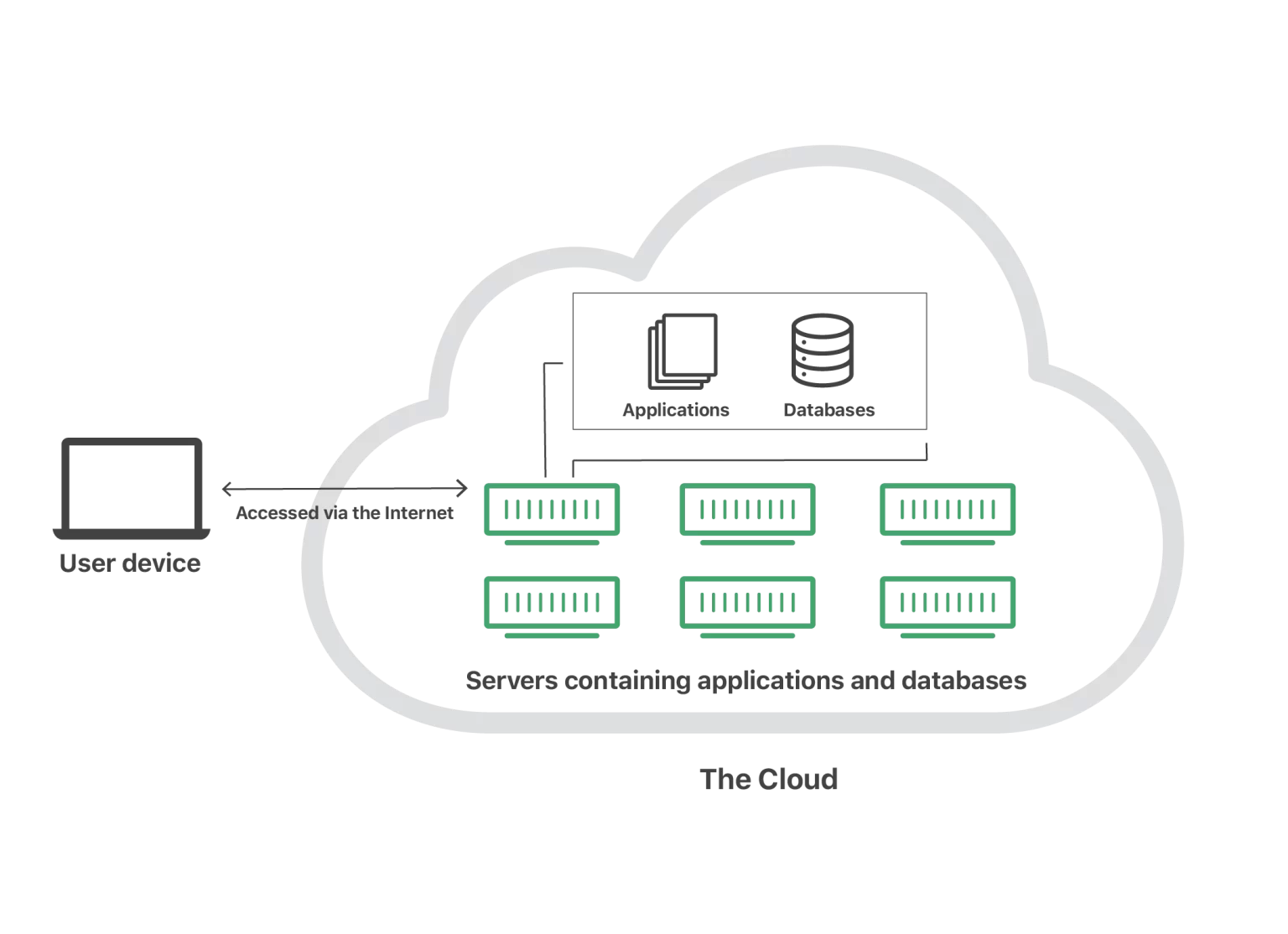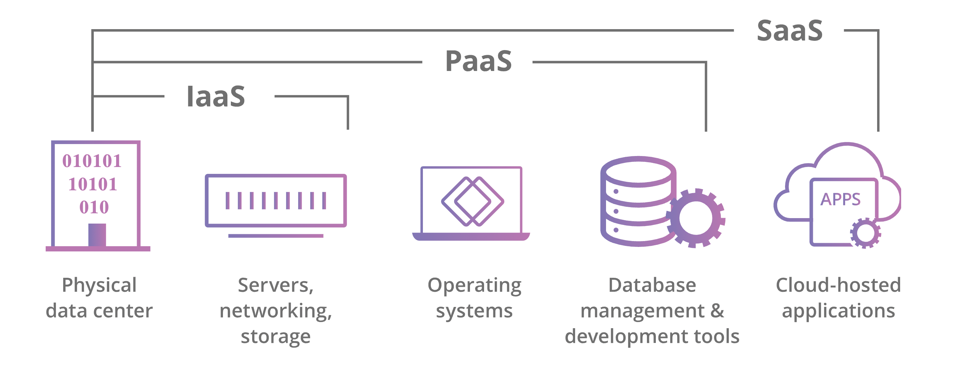What is Cloud ?


The cloud enables users to access the same files and programs from virtually any device, as computation and storage are performed on servers in a data center rather than locally on the user’s device. This is why a person may log in to their Instagram account on a new phone after their old phone has broken and still discover their previous account with all of their photos, videos, and chat history intact. It functions identically with cloud email providers such as Gmail or Microsoft Office 365 and cloud storage solutions such as Dropbox and Google Drive.
Switching to cloud computing reduces some IT costs and overhead for organizations; for example, they no longer need to upgrade and maintain their own servers because the cloud vendor will do so. This has a significant impact on small firms that may have been unable to finance their own internal infrastructure but may now affordably outsource their infrastructure needs via the cloud. Because employees and consumers can access the same data and apps from any place, the cloud can help facilitate the international expansion of businesses.
How does cloud computing work?
What are the main service models of cloud computing?

What are the different types of cloud deployments?
In contrast to the models outlined above, which define how cloud-based services are delivered, these cloud deployment types establish where cloud servers are located and who controls them.
The most prevalent cloud deployments include:
Private cloud: A private cloud is an organization-exclusive server, data center, or distributed network.
Public cloud: A public cloud is a service provided by an external provider that may consist of servers located in one or more data centers. Public clouds, unlike private clouds, are shared by different enterprises. Individual servers may be shared by numerous firms using virtual machines, a circumstance known as “multitenancy” since multiple tenants rent server space on the same server.
Hybrid cloud deployments include public and private clouds and may also contain legacy servers located on-premises. A company may use its private cloud for certain services and its public cloud for others, or it may utilize its public cloud as a backup for its private cloud.
Multi-cloud is a type of cloud deployment in which numerous public clouds are utilized. In other words, a company with a multi-cloud deployment hires virtual servers and services from many external providers; to continue the comparison used previously, this is analogous to renting numerous neighbouring parcels of land from separate landlords. Hybrid cloud deployments can also be multi-cloud deployments and vice versa.
